Frequently asked questions
Company News
- Punched aluminum veneer: a perfect combination of fashion and practicality
- Curtain wall aluminum veneer, invisible hero in modern architecture
- The fashion charm of aluminum veneer: creating a new trend of personalized space
- Aluminum veneer customization: the art of creating personalized spaces
- Fluorocarbon aluminum veneer: the "invisible suit" of the aluminum industry
Industry dynamics
- Beautiful building 1.5mm aluminum veneer exterior wall decoration
- What are the differences between aluminum veneer and traditional building materials?
- Aluminum veneer injects high-end and fashionable elements into buildings
- Aluminum veneer: the beauty of industry, the soul of details
- Unveiling the Aesthetics of Modern Architecture - The Charm of Curtain Wall Aluminum Veneers
Frequently asked questions
- What is the thermal expansion coefficient of aluminum veneer?
- What are the maintenance methods for aluminum veneer?
- Can aluminum veneer be used for building canopy design?
- Is there a wide range of color options for aluminum veneer?
- How does aluminum veneer affect indoor temperature?
contact us
Mobile:+86 15627778610
Email: 2201229786
Address: No. 5 Binjiang Road, High tech Zone, Zhaoqing City, Guangdong Province
What is the thermal expansion coefficient of aluminum veneer?
- Author: Xinlongtai Aluminum Industry (Guangdong) Co., Ltd
- Release time: 2022-03-02 22:02:17
- Click:0
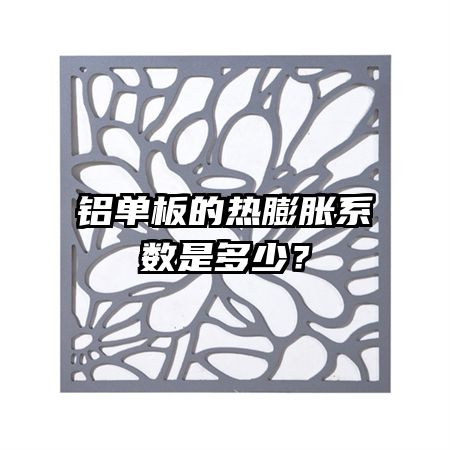
Aluminum veneerWhat is the coefficient of thermal expansion of?
Abstract: This article will elaborate on the thermal expansion coefficient of aluminum veneer from four aspects, including material properties, the influence of temperature changes on thermal expansion coefficient, considerations in practical applications, and related research and viewpoints.
1、 Material characteristics
1. Composition and structure of aluminum veneer
Aluminum veneer is a thin sheet material made of aluminum alloy, which has the characteristics of lightweight, high strength, and corrosion resistance. Its structure usually includes aluminum alloy surface coating, aluminum alloy substrate, and back coating, etc.
2. Definition of thermal expansion coefficient
The coefficient of thermal expansion refers to the rate of change in length or volume of a material per unit temperature change. For aluminum veneer, the coefficient of thermal expansion can be used to describe its degree of deformation under temperature changes.
3. Thermal expansion coefficient of aluminum alloy
The thermal expansion coefficient of aluminum alloy is generally large, about 23 × 10 ^ -6/℃. This means that as the temperature increases, the length or volume of the aluminum veneer will correspondingly increase.
2、 The influence of temperature changes on the coefficient of thermal expansion
1. Thermal expansion caused by temperature changes
Temperature changes can lead to increased molecular vibrations within the material, resulting in expansion or contraction of the material. For aluminum veneer, as the temperature increases, its coefficient of thermal expansion determines the degree of change in its length or volume.
2. The influence of thermal expansion on structure
In practical applications, thermal expansion caused by temperature changes may have a certain impact on aluminum veneer structures. For example, if aluminum veneer is tightly connected to other materials, its thermal expansion may cause stress concentration when the temperature rises, leading to structural deformation or fracture.
3. Design factors considering temperature changes
When designing aluminum veneer structures, it is necessary to consider the impact of temperature changes on the coefficient of thermal expansion. Reasonable selection of materials, connection methods, and structural design can reduce the risk of deformation caused by thermal expansion.
3、 Considerations in practical applications
1. External wall decoration field
In the field of exterior wall decoration, aluminum veneer is widely used in building curtain walls, ceilings, and other parts. Due to the exposure of the exterior wall to the outdoor environment and significant temperature changes, there is a high requirement for the thermal expansion coefficient of aluminum veneer.
2. Interior decoration field
In the field of interior decoration, aluminum veneer is commonly used for walls, ceilings, and other areas. Due to the relatively stable indoor temperature, the requirement for the thermal expansion coefficient of aluminum veneer is relatively low.
3. Engineering construction and installation
In the construction and installation process of aluminum veneer, it is necessary to consider the thermal expansion characteristics of the material. Reasonably controlling the installation gap and fixing method of materials can reduce deformation caused by temperature changes.
4、 Related research and viewpoints
1. Academic research
Many scholars have conducted in-depth research on the thermal expansion coefficient of aluminum veneer. They obtained the thermal expansion coefficient data of aluminum veneer under different conditions through experimental testing and theoretical analysis, and proposed corresponding improvement measures.
2. Industry perspective
In the construction and decoration industry, professional designers and engineers have rich practical experience in the thermal expansion coefficient of aluminum veneer. They have developed some effective design and construction methods through continuous exploration and summarization.
3. User feedback
User feedback also plays an important role in improving the thermal expansion performance of aluminum veneer. They can identify problems from actual use and provide improvement suggestions to the manufacturer, promoting continuous optimization of the product.
5、 Summary:
The thermal expansion coefficient of aluminum veneer is an important parameter that describes its degree of deformation under temperature changes. By elaborating on material properties, temperature changes, practical application considerations, and related research and viewpoints, we can better understand and apply the thermal expansion coefficient of aluminum veneer, providing guidance and reference for engineering design and construction.
The first paragraph of the article summarizes the content
The second paragraph of the article summary content

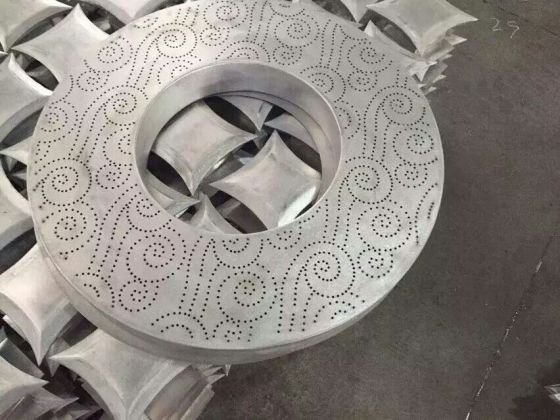
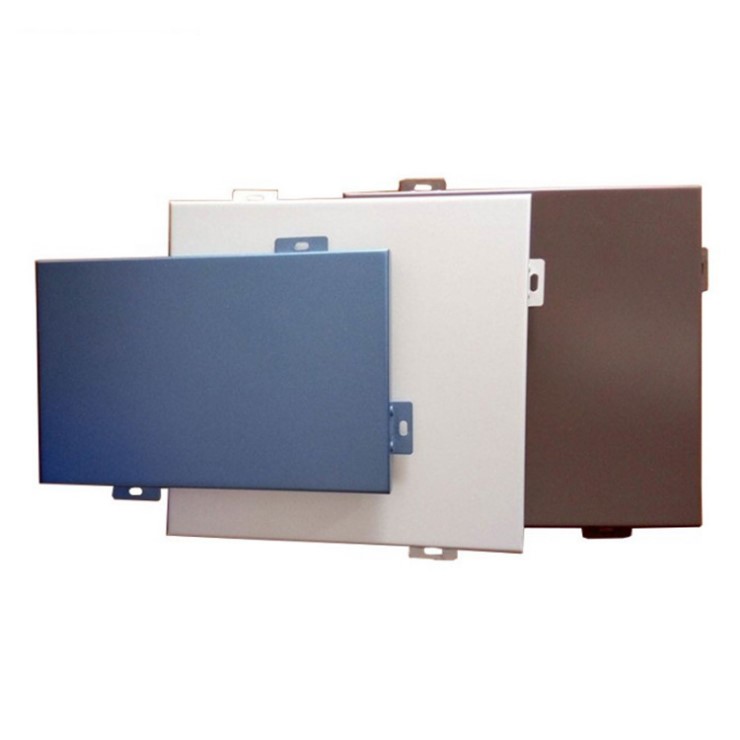
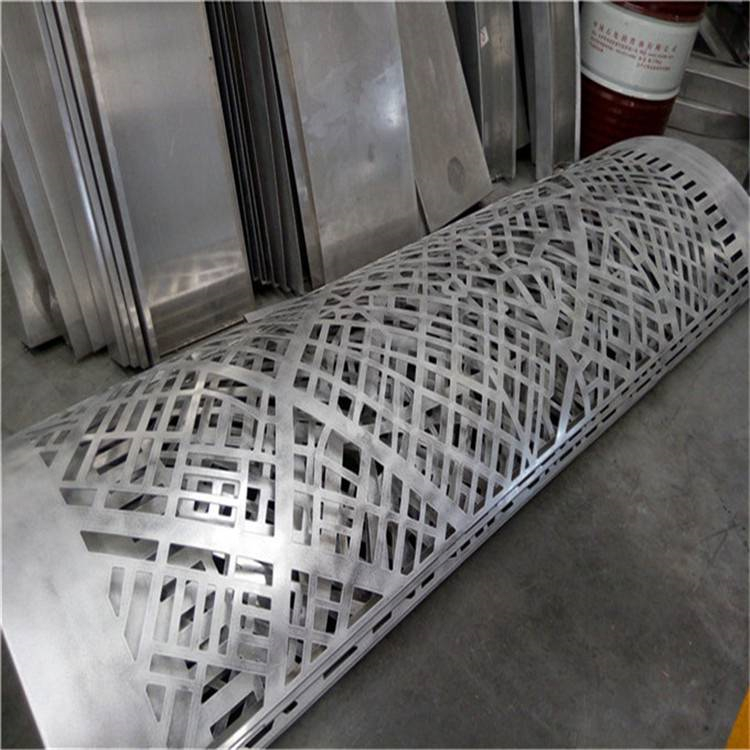
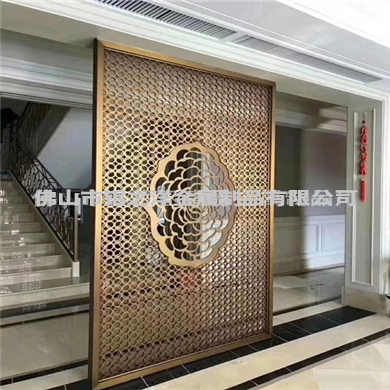
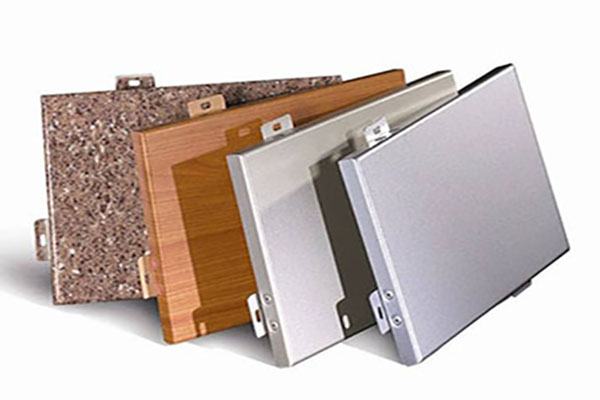

 Customer service QQ
Customer service QQ